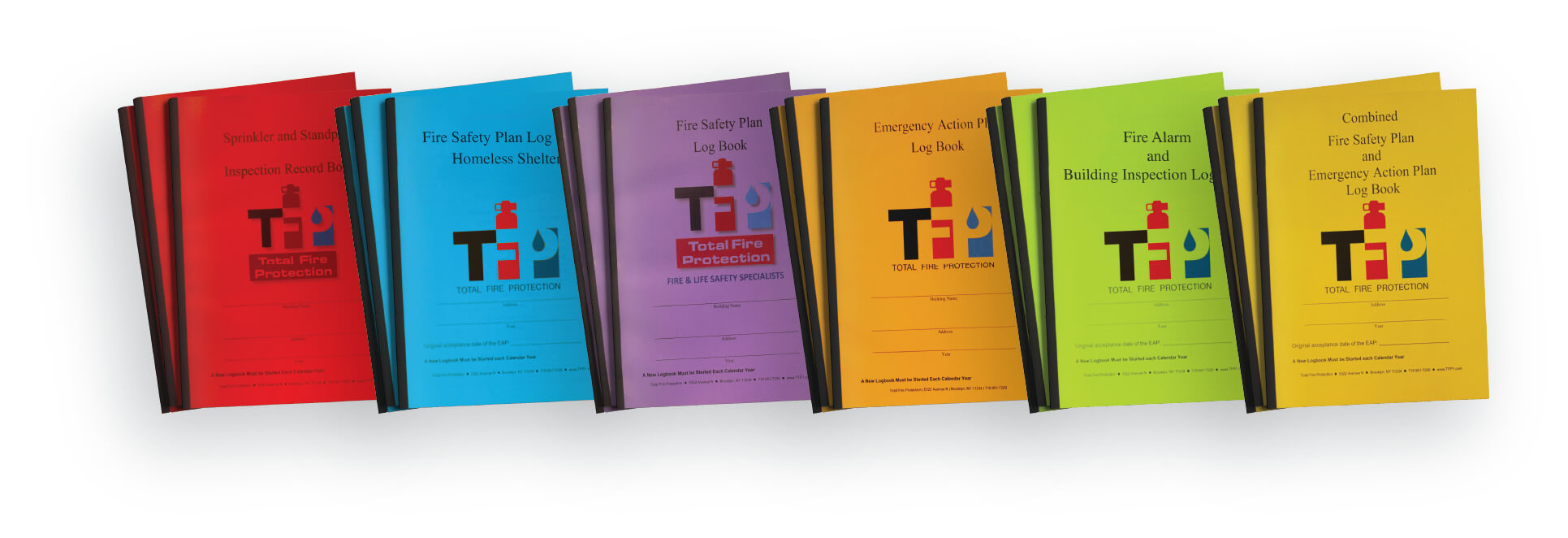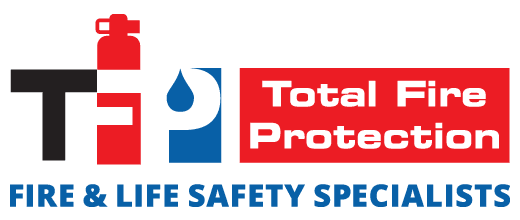 In today’s stringent regulatory environment, fire safety record-keeping isn’t just essential—it’s required by law. Regardless of size, every business must maintain an organized, up-to-date log of all fire protection systems, inspections, and checks.
In today’s stringent regulatory environment, fire safety record-keeping isn’t just essential—it’s required by law. Regardless of size, every business must maintain an organized, up-to-date log of all fire protection systems, inspections, and checks.
This isn’t about optional measures; it’s a legal obligation to protect your employees, visitors, and property. Comprehensive fire log books are essential to prove compliance with fire safety regulations and prepare your facility for inspections. This article explores the necessity of thorough fire safety record-keeping, the steep penalties for non-compliance, and how maintaining accurate documentation can safeguard your business against legal and financial risks.
The Necessity of Record-Keeping in Fire Safety
Fire safety records are the backbone of any effective fire protection strategy. For facility managers and business owners, these records are essential for tracking the status of fire protection systems like alarms, sprinklers, and extinguishers. Detailed log books provide evidence that inspections, maintenance, and tests have been conducted as required, proving that your business complies with National Fire Protection Association (NFPA) standards and local fire codes.For example, this information should be documented if your fire alarm system was recently tested or a fire extinguisher was serviced. By keeping accurate, up-to-date records, you ensure compliance with fire safety regulations and demonstrate your commitment to maintaining a safe environment. Consistent record-keeping also makes it easier to identify potential issues before they become serious problems, reducing the risk of fire incidents through proactive maintenance.

How Records Serve as Evidence of Compliance
 Fire safety regulations are designed to protect lives and property, and compliance with these regulations is critical. Fire log books are the primary method for documenting compliance, offering tangible proof that fire safety systems are properly maintained and tested. In the event of an audit or inspection, detailed records are essential for demonstrating that your facility is following legal requirements.
Fire safety regulations are designed to protect lives and property, and compliance with these regulations is critical. Fire log books are the primary method for documenting compliance, offering tangible proof that fire safety systems are properly maintained and tested. In the event of an audit or inspection, detailed records are essential for demonstrating that your facility is following legal requirements.
The types of records typically included in fire log books are as follows:
- Fire Drill Logs: These logs record the timing and results of scheduled fire drills, ensuring that employees know how to evacuate the building safely in the event of a fire.
- Equipment Maintenance Logs: These records track the servicing, repairs, and inspections of fire protection systems such as alarms, extinguishers, and sprinklers.
- Inspection Reports: Whether conducted by internal teams or third-party fire safety companies, inspection reports must be kept up-to-date and stored in an accessible format.
The Consequences of Inadequate or Missing Records
Maintaining complete and accurate fire safety records cannot be overstated. Failing to do so can have serious consequences for your business, ranging from legal action to financial penalties.
- Legal Ramifications: Non-compliance with fire safety codes due to missing or inadequate records can lead to hefty fines, legal action, or even forced shutdowns. Fire authorities expect businesses to provide documentation proving that all safety equipment has been regularly inspected and maintained.
- Insurance Disputes: In the unfortunate event of a fire, your insurance company will likely request proof that all fire protection systems are up-to-date and properly maintained. If your records are incomplete or missing, your insurance claim could be denied, leaving your business financially exposed to losses from fire damage.
- Increased Safety Risks: The most significant risk associated with poor record-keeping is the increased likelihood of fire incidents. Missed maintenance checks or incomplete inspections can result in faulty fire alarms, extinguishers, or sprinkler systems, which may malfunction in an emergency.
Fire Safety Audits with Comprehensive Records
Regular fire safety audits are an integral part of ensuring compliance. Fire authorities or third-party auditors will review your fire protection systems’ physical condition and documentation during an audit. Comprehensive, well-maintained fire log books can streamline the audit process and help avoid costly penalties.A typical fire safety audit involves:
- Initial Review: Auditors will examine your records to ensure all fire safety systems are inspected and maintained. Having complete records reduces the time spent on this review and reassures auditors that your facility takes fire safety seriously.
- System Inspection: Auditors will also physically inspect fire protection systems such as alarms, extinguishers, and sprinklers to verify that they are in working order. Well-documented records help prove that maintenance and repairs have been conducted according to schedule.





